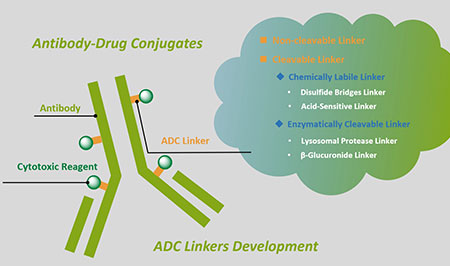1.Nemorubicin and doxorubicin bind the G-quadruplex sequences of the human telomeres and of the c-MYC promoter element Pu22.
Scaglioni L1, Mondelli R1, Artali R2, Sirtori FR3, Mazzini S4. Biochim Biophys Acta. 2016 Jun;1860(6):1129-38. doi: 10.1016/j.bbagen.2016.02.011. Epub 2016 Feb 23.
BACKGROUND: Intra-molecular G-quadruplex structures are present in the guanine rich regions of human telomeres and were found to be prevalent in gene promoters. More recently, the targeting of c-MYC transcriptional control has been suggested, because the over expression of the c-MYC oncogene is one of the most common aberration found in a wide range of human tumors.
2.LC-MS-MS determination of nemorubicin (methoxymorpholinyldoxorubicin, PNU-152243A) and its 13-OH metabolite (PNU-155051A) in human plasma.
Fraier D1, Frigerio E, Brianceschi G, James CA. J Pharm Biomed Anal. 2002 Oct 15;30(3):377-89.
A selective and sensitive liquid chromatography-tandem mass spectrometry (LC-MS-MS) method for quantitative determination of nemorubicin, (PNU-152243A, 3'-deamino-3'[2(S)-methoxy-4-morpholinyl]doxorubicin) hydrocloride and its reduced metabolite PNU-155051 in human plasma has been developed and validated. The method involved solid phase extraction (SPE) in 96-well plates. Plasma samples (0.5 ml plasma, spiked with doxorubicin as internal standard and diluted with 0.5 ml of 0.01 M borate buffer, pH 8.4) were extracted using Oasis HLB SPE material. The elution of PNU-152243, PNU-155051 and of IS was performed with 1 ml of methanol:0.1 M formic acid mixture (90:10, v/v). The organic phase was reduced to dryness under a stream of nitrogen at 20 degrees C and the residue was reconstituted with 0.25 ml of 10 mM ammonium formate buffer pH 4.15:acetonitrile mixture (90:10, v/v). Aliquots of 60 microl of the resulting solution were injected onto the LC-MS-MS system.
3.The interaction of nemorubicin metabolite PNU-159682 with DNA fragments d(CGTACG)(2), d(CGATCG)(2) and d(CGCGCG)(2) shows a strong but reversible binding to G:C base pairs.
Mazzini S1, Scaglioni L, Mondelli R, Caruso M, Sirtori FR. Bioorg Med Chem. 2012 Dec 15;20(24):6979-88. doi: 10.1016/j.bmc.2012.10.033. Epub 2012 Nov 3.
The antitumor anthracycline nemorubicin is converted by human liver microsomes to a major metabolite, PNU-159682 (PNU), which was found to be much more potent than its parent drug toward cultured tumor cells and in vivo tumor models. The mechanism of action of nemorubicin appears different from other anthracyclines and until now is the object of studies. In fact PNU is deemed to play a dominant, but still unclear, role in the in vivo antitumor activity of nemorubicin. The interaction of PNU with the oligonucleotides d(CGTACG)(2), d(CGATCG)(2) and d(CGCGCG)(2) was studied with a combined use of (1)H and (31)P NMR spectroscopy and by ESI-mass experiments. The NMR studies allowed to establish that the intercalation between the base pairs of the duplex leads to very stable complexes and at the same time to exclude the formation of covalent bonds. Melting experiments monitored by NMR, allowed to observe with high accuracy the behaviour of the imine protons with temperature, and the results showed that the re-annealing occurs after melting.
4.Formation and antitumor activity of PNU-159682, a major metabolite of nemorubicin in human liver microsomes.
Quintieri L1, Geroni C, Fantin M, Battaglia R, Rosato A, Speed W, Zanovello P, Floreani M. Clin Cancer Res. 2005 Feb 15;11(4):1608-17.
PURPOSE: Nemorubicin (3'-deamino-3'-[2''(S)-methoxy-4''-morpholinyl]doxorubicin; MMDX) is an investigational drug currently in phase II/III clinical testing in hepatocellular carcinoma. A bioactivation product of MMDX, 3'-deamino-3'',4'-anhydro-[2''(S)-methoxy-3''(R)-oxy-4''-morpholinyl]doxorubicin (PNU-159682), has been recently identified in an incubate of the drug with NADPH-supplemented rat liver microsomes. The aims of this study were to obtain information about MMDX biotransformation to PNU-159682 in humans, and to explore the antitumor activity of PNU-159682.







